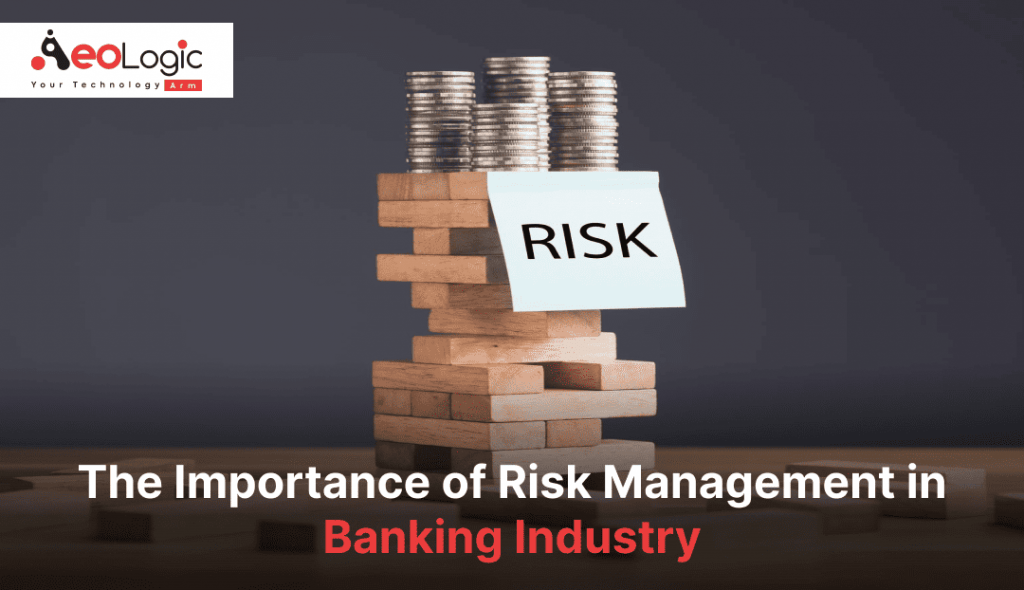A Thorough Guide to Understanding the Importance of Risk Management
A Thorough Guide to Understanding the Importance of Risk Management
Blog Article
Exploring the Relevance of Risk Management for Effective Decision-Making Approaches
In the intricate world of business, Risk Management becomes an important consider the decision-making procedure. The ability to recognize potential dangers and possibilities, and strategize as necessary, can spell the difference in between success and failure. With tools such as SWOT and PESTEL, companies are geared up to make enlightened choices, cultivating durability and flexibility in an ever-changing environment. Wondering just how this works? Allow's unload the dynamics further.
Comprehending the Principle of Risk Management
Risk Management, a vital part in decision-making, is typically misconstrued or oversimplified. Generally, it refers to the identification, analysis, and prioritization of risks to lessen, check, and control the chance or effect of unfavorable events. It's not merely regarding stopping adverse outcomes, however additionally about acknowledging possible chances. Risk Management involves self-displined and structured methods, using information and informative assessments. It needs a comprehensive understanding of the company's context, purposes, and the potential dangers that could thwart them. From economic uncertainties, legal responsibilities, calculated Management mistakes, to crashes and natural calamities, it attends to numerous risks. Significantly, reliable Risk Management is not stationary; it's a continuous, positive process that evolves with transforming scenarios.
The Function of Risk Management in Decision-Making Processes
In the world of critical preparation and service procedures, Risk Management plays an indispensable role in decision-making procedures. Risk Management hence comes to be an essential device in decision-making, helping leaders to make informed choices based on an extensive understanding of the risks entailed. Risk Management offers as an essential part in the decision-making procedures of any type of organization.

Exactly How Risk Management Improves Strategic Preparation
In the context of strategic preparation, Risk Management plays a pivotal duty. Starting with the identification of prospective risks, it even more encompasses the implementation of Risk mitigation measures. The role of Risk Management is not static yet vibrant, as it demands constant monitoring and adjusting of techniques.
Determining Possible Dangers

Implementing Risk Mitigation
Having established the importance of determining prospective threats, the following step is to discover Risk reduction. This procedure entails creating and implementing strategies to manage identified risks effectively. It is an important element of tactical planning as it enhances decision-making by minimizing potential adverse end results. Risk mitigation techniques can range from Risk evasion, Risk transfer, to run the risk of reduction. Each technique ought to be tailored to the specific Risk, considering its prospective effect and the organization's Risk resistance. Reliable Risk mitigation requires a deep understanding of the Risk landscape and the potential impact of each Risk. This understanding enables organizations to prioritize threats and allot resources effectively, making certain that one of the most substantial threats are dealt with initially.
Surveillance and Adjusting Approaches
Though Risk mitigation is a critical action in critical preparation, constant tracking and modification of these techniques is similarly essential. It also provides an opportunity to review the success of the Risk Management steps, allowing adjustments to be made where necessary, further boosting critical preparation. Tracking and changing Risk Management approaches is an essential part for enhancing an organization's resilience and strategic preparation.
Situation Studies: Effective Risk Management and Decision-Making
In the world of organization and money, successful Risk Management and decision-making often serve as the columns of flourishing ventures. These cases highlight the value of sharp Risk Management in decision-making processes. These instances highlight the critical duty of Risk Management in calculated decision-making.
Tools and Methods for Effective Risk Management
These devices, such as Risk signs up and warmth maps, help in recognizing and assessing potential risks. Risk action methods, a crucial element of Risk Management, include accepting, preventing, moving, or mitigating dangers. With these devices and methods, decision-makers can navigate the complicated landscape of Risk Management, thereby helping with notified and efficient decision-making.
Future Patterns in Risk Management and Decision-Making Approaches
As we explore the vast landscape of Risk Management, it ends up being obvious that the tools and techniques used today will certainly proceed to progress. Future patterns direct towards an enhanced reliance Continued on technology, with expert system and equipment discovering playing substantial functions. These technologies will certainly allow organizations to predict possible dangers with higher accuracy and make even more educated decisions. In addition, his explanation there will certainly be a growing emphasis on resilience, not simply in handling risks but additionally in getting better from adverse situations. Last but not least, the principle of Risk culture, where every participant of a company knows and included in Risk Management, will obtain a lot more prominence. These fads declare an even more proactive and comprehensive strategy towards Risk Management and decision-making.
Verdict

Risk Management therefore ends up being a crucial device in decision-making, assisting leaders to make educated choices based on an extensive try here understanding of the risks involved. Risk reduction methods can range from Risk avoidance, Risk transfer, to take the chance of decrease (importance of risk management). Efficient Risk reduction calls for a deep understanding of the Risk landscape and the prospective impact of each Risk. Risk response strategies, a key part of Risk Management, involve accepting, staying clear of, transferring, or mitigating risks. The principle of Risk culture, where every participant of an organization is aware and entailed in Risk Management, will certainly acquire more prestige
Report this page